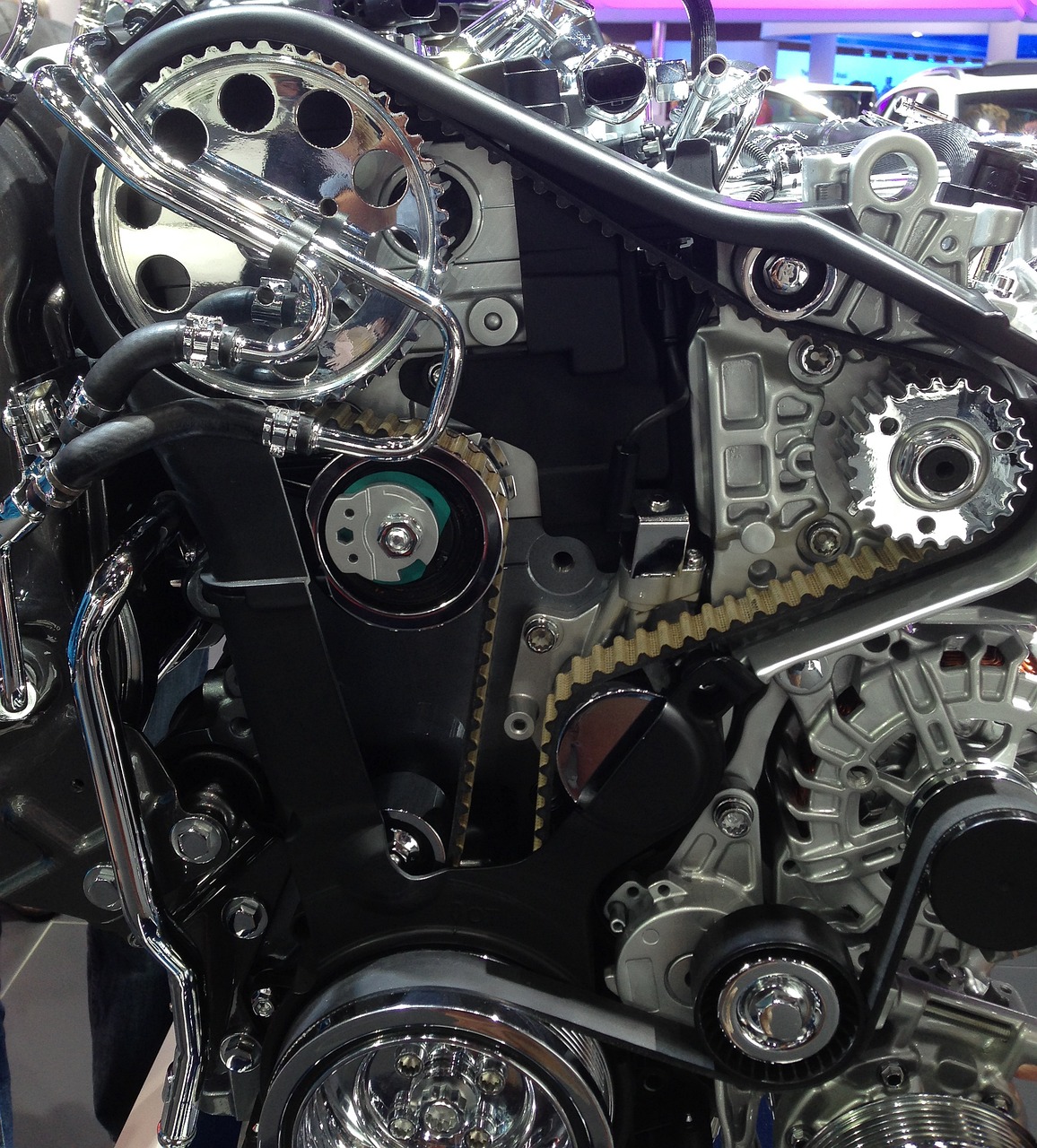
Understanding the Anatomy of Your Car: Key Auto Body Parts Explained
When you think about your car, you might consider its engine performance, fuel efficiency, or cutting-edge technology. However, understanding the anatomy of your vehicle and its key auto body parts is crucial for maintenance, repair, and overall vehicle longevity. Whether you’re a car enthusiast or a casual driver, knowing the function and importance of various components can empower you to make informed decisions about your vehicle. In this article, we will delve into the essential auto body parts, their functions, and maintenance tips to keep your car in optimal condition.
1. The Car Frame: The Backbone of Your Vehicle
What is the Car Frame?
The car frame, often referred to as the chassis, is the structural foundation of your vehicle. It is designed to support all other components of the car, including the engine, suspension, and body panels.
Importance of the Car Frame
- Structural Integrity: The frame provides rigidity and strength, ensuring that the vehicle can withstand various forces while driving.
- Safety: In the event of a collision, the frame absorbs impact, protecting passengers and critical components.
- Weight Distribution: A well-designed frame helps in the even distribution of weight, enhancing stability and handling.
Maintenance Tips
- Regularly inspect the frame for signs of rust or corrosion, especially in areas where salt is used on roads during winter.
- Ensure proper alignment and check for any signs of damage, especially after a collision.
2. Body Panels: Protecting the Inner Components
What are Body Panels?
Body panels refer to the exterior surfaces of the vehicle, including doors, hoods, fenders, and quarter panels. These panels not only provide aesthetics but also protect the internal components from environmental elements.
Types of Body Panels
- Hood: The panel that covers the engine compartment.
- Fenders: Located over the wheels, they help to prevent debris from being thrown onto the body.
- Doors: Allow access to the vehicle’s interior.
- Trunk Lid: Covers the trunk area where luggage is stored.
Importance of Body Panels
- Protection: They shield the underlying mechanical and electrical components from damage.
- Aerodynamics: Designed to enhance airflow, contributing to better fuel efficiency.
- Aesthetics: Body panels significantly influence the car’s visual appeal.
Maintenance Tips
- Regularly wash and wax your car to protect the paint and prevent rust.
- Inspect for dents or scratches and address them promptly to prevent further damage.
3. Bumpers: First Line of Defense
What are Bumpers?
Bumpers are located at the front and rear of the vehicle, designed to absorb impact during low-speed collisions. They consist of a reinforcement bar, plastic cover, and absorbent foam.
Importance of Bumpers
- Safety: They minimize damage to the vehicle and reduce the risk of injury to passengers in minor collisions.
- Aesthetic Appeal: Bumpers can enhance the visual profile of a vehicle.
- Regulatory Compliance: Bumpers are designed to meet specific safety standards.
Maintenance Tips
- Inspect bumpers for cracks or damage, especially after minor accidents.
- Clean bumpers regularly to maintain their appearance.
4. Windshield: The Clear View
What is the Windshield?
The windshield is the front window of the car, providing visibility while protecting occupants from wind, debris, and other environmental factors.
Importance of the Windshield
- Safety: A strong windshield contributes to the structural integrity of the vehicle and can prevent roof collapse in rollover accidents.
- Visibility: Provides a clear view of the road ahead, which is essential for safe driving.
Maintenance Tips
- Regularly check for cracks or chips and repair them promptly to prevent spreading.
- Clean the windshield with appropriate glass cleaner to maintain visibility.
5. Windows and Mirrors: Enhancing Visibility and Safety
What are Windows and Mirrors?
Windows are the glass panels that allow visibility from inside the car, while mirrors (side mirrors and rearview mirror) provide additional sight lines to minimize blind spots.
Importance of Windows and Mirrors
- Visibility: Ensure a clear view of the surrounding environment, which is crucial for safe driving.
- Aesthetics: Well-maintained windows enhance the overall look of the vehicle.
Maintenance Tips
- Regularly clean windows and mirrors to prevent smudges and enhance visibility.
- Inspect for cracks and consider replacing them if they impair visibility.
6. Lights: Illuminating Your Path
What are Automotive Lights?
Automotive lights include headlights, taillights, brake lights, and turn signals. They play a crucial role in visibility and communication with other drivers.
Importance of Automotive Lights
- Safety: Properly functioning lights are essential for safe driving, especially at night or in poor weather conditions.
- Communication: Lights indicate your intentions to other drivers, such as turning or stopping.
Maintenance Tips
- Regularly check all lights for functionality and replace burnt-out bulbs promptly.
- Clean lenses to ensure maximum brightness.
7. Suspension Components: Balancing Comfort and Control
What is the Suspension System?
The suspension system includes various components such as shocks, struts, springs, and control arms, designed to support the vehicle's weight and absorb road bumps.
Importance of the Suspension System
- Comfort: Provides a smooth ride by absorbing shocks from the road.
- Handling: Enhances vehicle stability and control, especially during turns.
Maintenance Tips
- Regularly inspect suspension components for wear and tear.
- Pay attention to any changes in ride quality or handling, which could indicate suspension issues.
8. Exhaust System: Emissions and Performance
What is the Exhaust System?
The exhaust system consists of pipes that direct exhaust gases from the engine out of the vehicle. Key components include the exhaust manifold, catalytic converter, muffler, and tailpipe.
Importance of the Exhaust System
- Emissions Control: Reduces harmful emissions released into the atmosphere.
- Performance: A well-maintained exhaust system contributes to engine efficiency and performance.
Maintenance Tips
- Regularly check for leaks or rust in the exhaust system.
- Listen for unusual noises, which could indicate a problem.
9. Engine Hood and Components: The Heart of the Vehicle
What is the Engine Hood?
The engine hood is the cover that protects the engine compartment. It typically hinges at the front and can be lifted for access to the engine.
Importance of the Engine Hood
- Protection: Shields the engine from debris and weather elements.
- Access: Provides access to essential engine components for maintenance and repair.
Maintenance Tips
- Regularly check the hood for proper latching and alignment.
- Clean the underside of the hood to prevent dirt buildup.
10. Trunk and Storage Components: Utility and Space
What is the Trunk?
The trunk is the rear storage area of the vehicle, providing space for luggage, groceries, and other items.
Importance of the Trunk
- Utility: Offers practical storage space for everyday needs.
- Security: Keeps valuables out of sight from potential thieves.
Maintenance Tips
- Regularly clean the trunk area to prevent odors and clutter.
- Inspect the trunk lid for proper operation and sealing.
Conclusion
Understanding the anatomy of your car and the importance of each auto body part is essential for effective vehicle maintenance and repair. Regular inspections and maintenance can help you identify issues early and keep your vehicle in top condition. Whether you’re a seasoned car enthusiast or a first-time car owner, knowing these key components will empower you to take better care of your vehicle and enhance your driving experience.
By investing time in understanding your car’s anatomy, you can ensure its longevity and performance, ultimately saving money on repairs and increasing safety on the road. Remember that knowledge is power, and in the world of automobiles, it can make all the difference.
